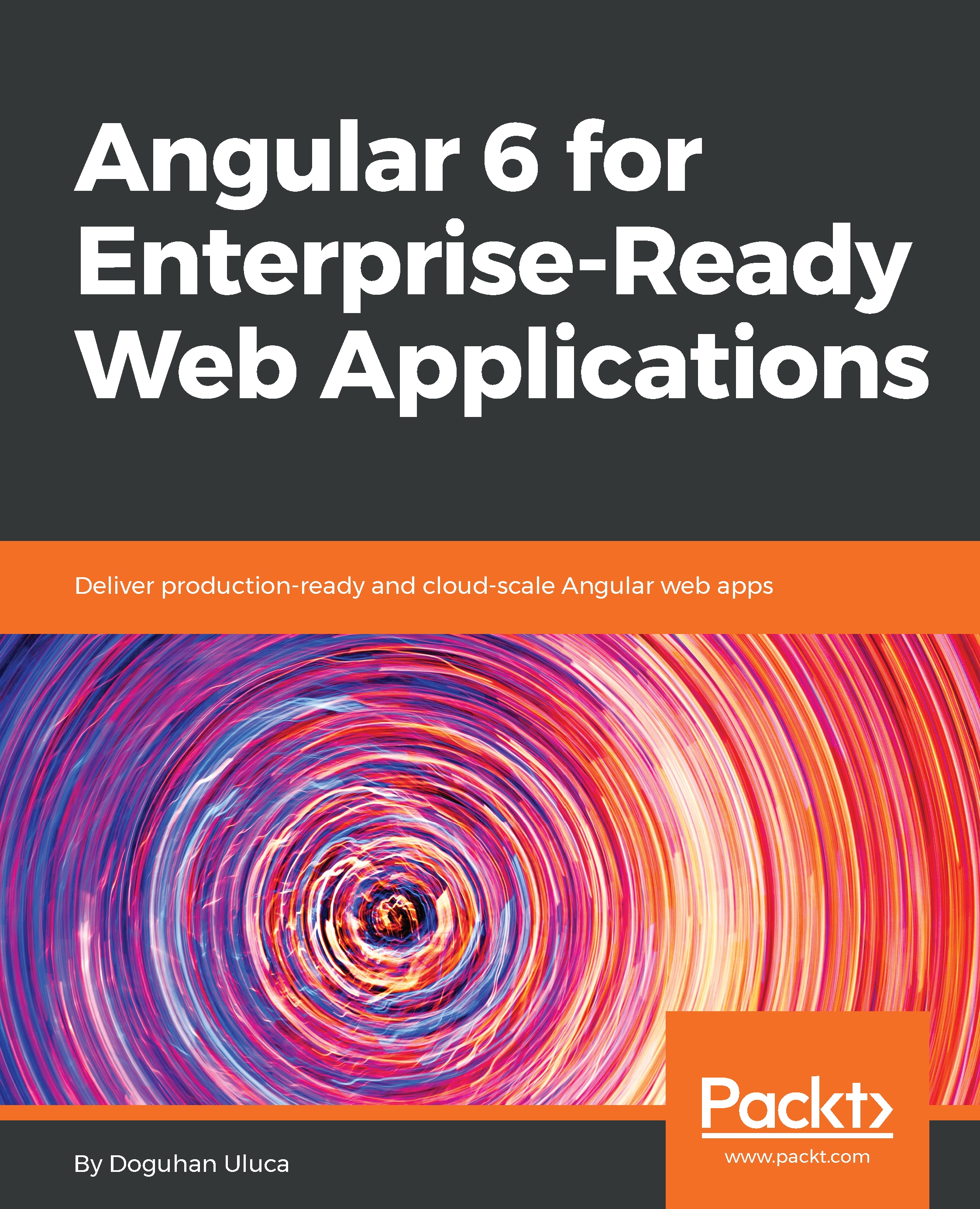Before you can make effective use of Material, you must be aware of its layout engine. If you have been doing web development for a while, you may have encountered Bootstrap's 12-column layout system. A mathematical barrier to my brain wired to divvy things up as parts of a 100%. Bootstrap also demands a strict adherence to a div column, div row hierarchy that must be precisely managed from your top-level HTML all the way to the bottom. This can make for a very frustrating development experience. In the following screenshot, you see can see how Bootstrap's 12-column scheme looks:

Bootstrap's custom grid-layout system was revolutionary for its time, but then CSS3 Flexbox arrived at the scene. In combination with Media Queries, these two technologies allow for creation of responsive user interfaces. However...


